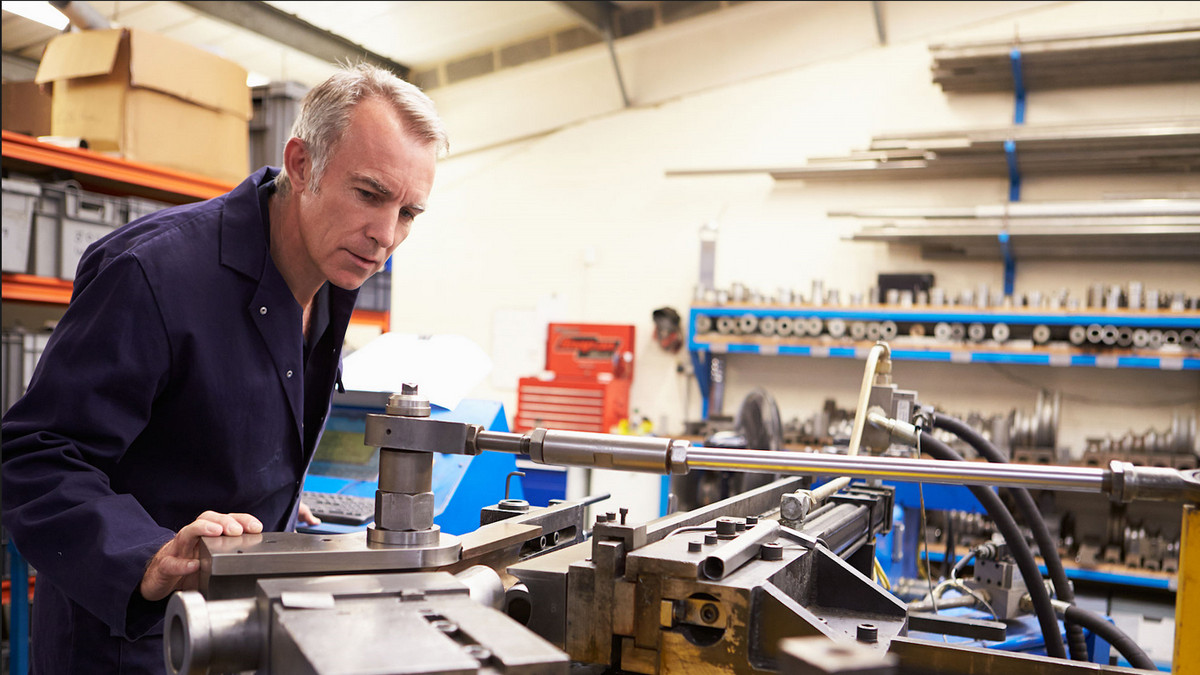Fixtures and jugs are tools used to quickly fasten workpieces and guide tools during processing, so that the tooling machine, the tool, and the workpiece maintain the correct relative position. Jigs and fixtures are an indispensable part of machining tooling. Machine tool technology is constantly being driven in the direction of high speed, high efficiency, precision, compounding, intelligence, and environmental protection.
What are Jigs and Fixtures?
The jig is the device that guides the tool, while the fixture is a tool that securely and firmly holds the job in position during machining operations.
The function of a fixture is to position and clamp a workpiece for tooling. The function of the jig is basically to position and guide the tool during machining. A jig is often used for direct drilling when the surface of the drilled hole is not perpendicular to the drill bit. In this case the drill bit needs to be guided by the drill bit guide sleeve.
What are the Applications of Fixtures?
Fixtures are used for a broad range of manufacturing processes, such as for holding workpieces in place for welding, obtaining accurate measurements during inspections, holding pieces in place during assembling, positioning workpieces during machine tooling etc. In a broad sense, any device used to position the workpiece quickly, easily, and safely can be called a fixture.
When machining the workpiece on the machine tool, the workpiece must be positioned and clamped before machining.to make sure the surface of the workpiece meets the technical requirements of the size, geometry, and accuracy of the drawing. An accurate and efficient fixture will improve productivity and reduce costs. It will also improve the working conditions of workers and ensure safe production. It can also expand the technological scope of the machine tool allowing the tool to realize new multi-purpose operations.
The fixture usually consists of a positioning element (determining the correct position of the workpiece in the fixture), a clamping device to hold the workpiece in place, a tool setting guide element to determine the relative position of the tool and the workpiece during tooling.
A fixture may complete multiple operations by processing at several stations. Rotary indexing devices and linear moving indexing devices can be used to perform successive steps of a procedure in one continuous operation.
Fixtures are used extensively by electronic manufacturer to improve production efficiency and product quality in production. Tooling fixtures are often used in the middle and later stages of production for functional testing or auxiliary assembly.
Extended Functions of Fixtures and Jigs:
- Fixtures should be able to prevent operator error and instability.
- The jig should make the pick-and-place action of the workpiece smooth.
- The jig should make the chips easy to remove.
- The fixture should consider the safety of operation.
What are the Common Types of Fixtures?
Lathe Fixtures, Milling Machine Fixtures, Drilling Fixtures, Welding Fixtures, Grinder Fixtures, Assembly Fixtures, Specially Designed Collets, etc.
What are the Classification Methods of Fixtures and Jigs?
-
Distinguish by processing method:
The types of machining can be roughly divided into turning, milling, drilling, tapping, electrical discharge machining, grinding, gear machining, and other processing methods. Fixtures other than machining have different applications such as assembly and inspection.
-
Distinguish by fixture type and production method:
- Universal fixtures: Standard fixtures such as vices, three-jaw chucks, and universal fixture sets are more suitable for regular-shaped workpieces, such as square or round workpieces.
- Combined fixture: A fixture composed of a standard substrate, positioning parts, and clamping parts, which can be disassembled so other workpieces and fixtures can be quickly used together for clamping irregular-shaped workpieces.
- Special Fixtures: Special fixtures designed for individual workpieces.
-
Distinguish by the source of gripping force:
- Manual clamps: Various clamps that the operator manually controls to lock the workpiece in place. Clamping can be done with screws or other forms of quick clamps.
- Automatic fixture: The fixture automatically locks the workpiece using electromagnetic force, air pressure, oil pressure, spring force, etc.
Clamping Planning and Design Procedures for Fixtures:
When designing fixtures, the CAD system is an efficient drawing tool which can save time during the designing of a fixture.
The Basic Steps of Fixture Design -
- Step 1: Clarify the fixture design requirements.
- Step 2: Collect various relevant information.
- Step 3: Determine the type of fixture.
- Step 4: Evaluate the cost of the fixture.
- Step 5: The final design process of the fixture - drawing, selection of parts, and processing planning.







.png)






